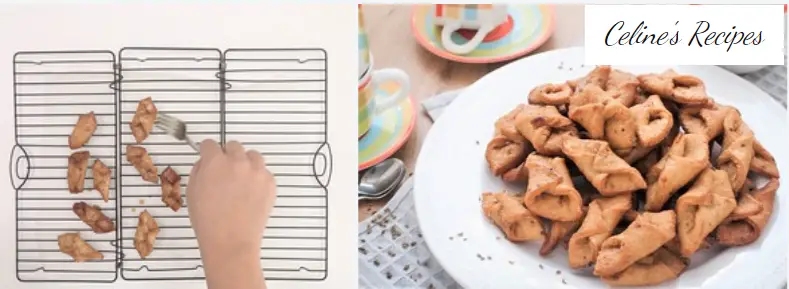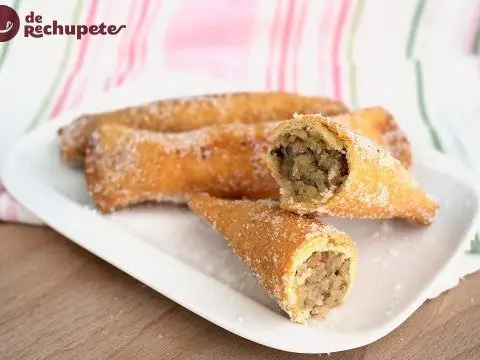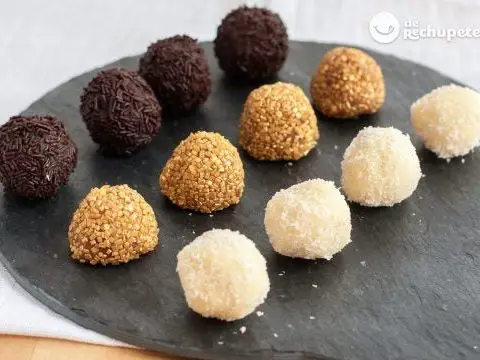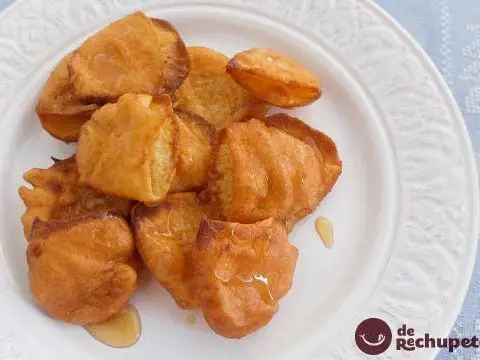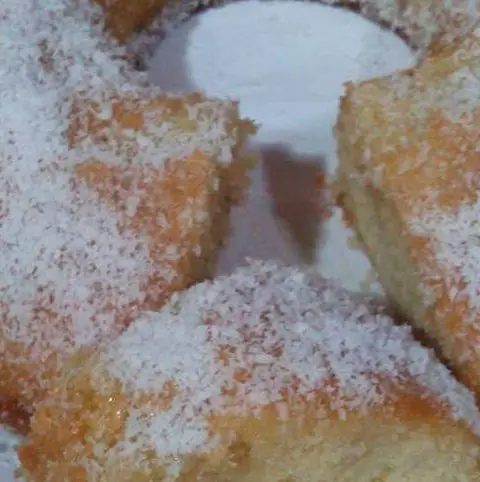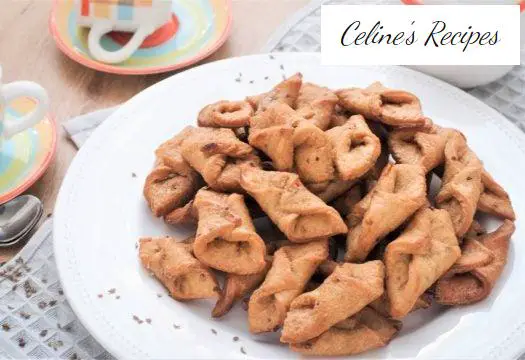
Info.
- Easy
- 60 minutes
- For 8 people
- 0.4 € / person
- 305kcal per 100g.
How to make honey or sugar pestiños .
I continue exploring the gastronomic repertoire of our country discovering incredible dessert recipes that have been in our kitchens for hundreds of years. This is the case of the pestiños .
There is a lot of controversy about whether they are prepared more on All Saints’ Day , Christmas or Easter (along with fried milk and French toast ), but of course we are not going to be alone with these two dates and I recommend it for the whole year.
As is the case with all traditional recipes, there are many ways to prepare the pestiños . In some places they bathe with a syrup of honey, they are enamierated, in others they are dusted with sugar just removed from the frying pan, in some they are folded in the form of a bow, while in others they are simply prepared in a rectangular shape.
There are those who flavor them with matalahúva and lemon, or who add orange and cinnamon. You see, a multitude of options for the same dessert that, in any case, is delicious.
I leave you with a dessert of a lifetime. The one that Grandma Pilar prepares for us at Easter, cheap and simple since about 30 units come out at € 0.10 / pestiño.
Do you dare to surprise yours? Be sure to share your pestiños with all of us.
Preparation of the dough of the pestiños
- In a frying pan we heat all the oil (sunflower or soft olive).
- When it is very hot add the lemon peel and the matalahúva seeds.
- Let them cook for 2-3 minutes and remove from the heat. We let it temper.
- In a bowl we pour the flour, the wine, and 75 ml. of the oil that we have flavored with the lemon and the seeds and we also add the fried matalahúva seeds.
- Stir with a wooden spoon and pour on the kitchen counter.
- We work the dough until we have a compact ball that does not stick to our hands.
- Let the dough rest covered with a cloth for 30 minutes.
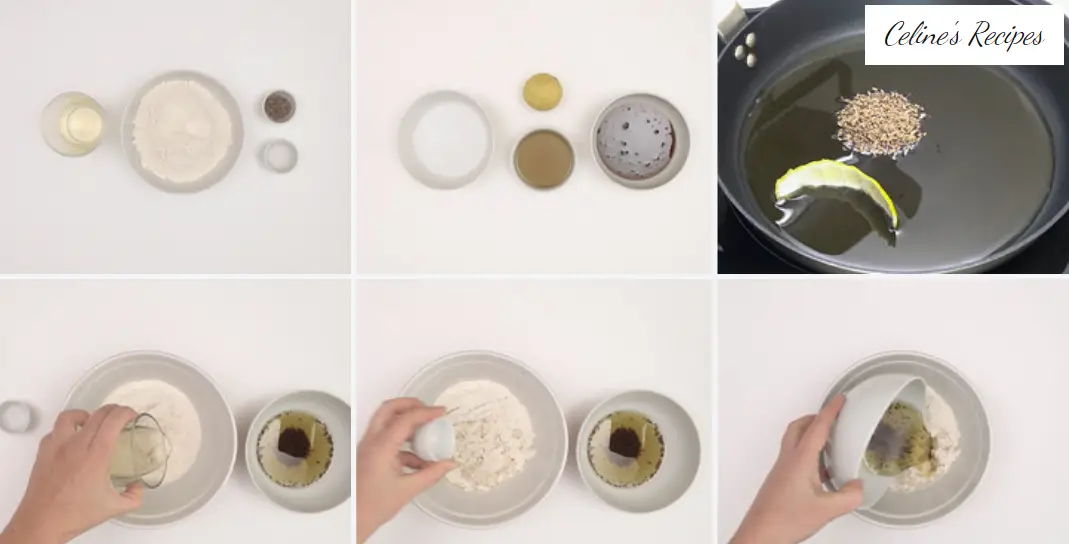
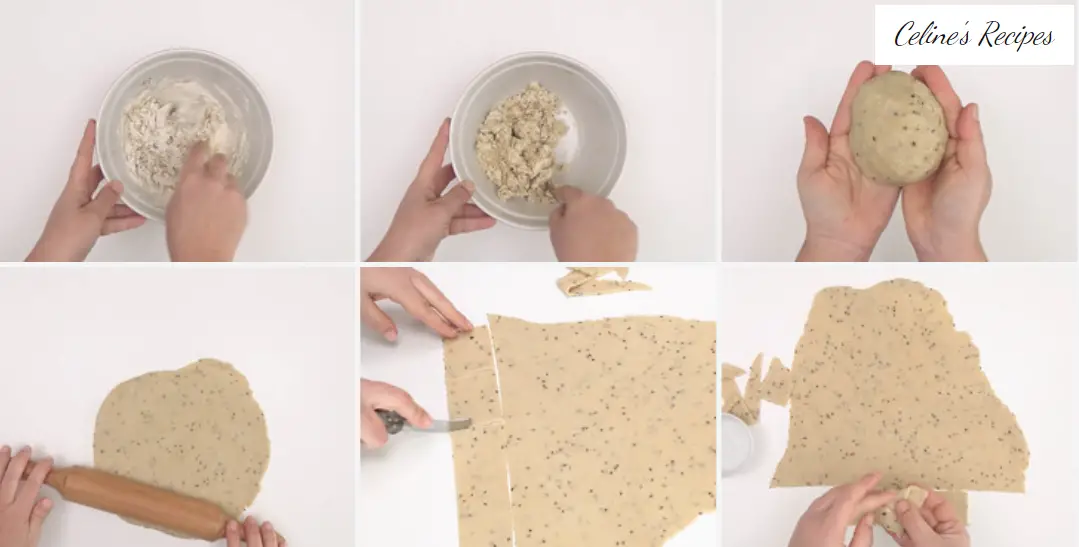

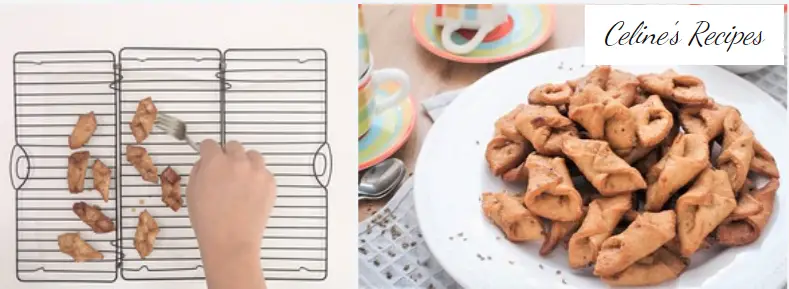
Pestiños shape
- With a rolling pin we stretch the dough well until it is as thin as possible and cut portions of about 5 × 5 cm.
- In principle it is not necessary to grease the work surface since the dough does not stick, but if you prefer you can spread a few drops of oil on the counter before stretching it.
- It is important to spread them very finely, because when frying the dough it fattens a little and stays as puff pastry.
- We fold the opposite corners of each portion on themselves by gluing them with a droplet of water and press to prevent them from peeling off when frying.
Frying the pestiños
- We heat the pan over medium heat with the oil that we have flavored.
- The only difficulty of this sweet is in the temperature of the oil, since if it is not very hot the dough stays raw, not crispy at all.
- However, if the oil is very hot, they will brown very quickly and will be raw inside.
- The first batch will serve us to try and that the following ones will come out delicious.
- We cast into the pan a few at a time. When they are golden we remove the pestiños to an absorbent paper to remove the excess oil.
Honey or sugar. Decor
- To cover them we have two options:
- We fill a wide bowl with sugar and cinnamon powder (about two teaspoons of cinnamon powder per 100 g of sugar) and mix well with a fork. When they are still warm they can be coated in this mixture. It is good to have an assistant at this point, because everything at the same time is more complicated.
- They can also be dipped in honey. To do this, we prepare the enmelado by heating the honey with about 1/4 of its volume of water. When it is hot and well integrated we submerge the pestiños and remove to a rack. We let the excess honey drain and dry.
I can assure you that this Andalusian sweet is a real delight. And if you have children at home you can spend a fantastic weekend afternoon cooking with them. You will not regret it!
You can see all the photos of the step by step recipe of pestiños in this album. Do not miss any detail so that they come out of you delicious.
A bit of history about the pestiños
- This dessert is typical of southern Spain: Andalusia, Murcia and Extremadura.
- They are supposed to be of Moorish origin, although the first written reference does not appear until 1528, as part of the culinary repertoire of the protagonist of La Lozana Andalusia.
- In fact there is quite a similarity between the pestiños and the Moroccan chabakias, fried dough flavored with anise and saffron, dipped in honey, which are usually prepared to break the obligatory fast in Ramadan.
- The best of these sweets lies in the preparation. In Lent, Carnival and on All Saints’ Day, the streets of Andalusia smell of matalauva and orange blossom, that fried dough that everyone collaborates on.
- Normally the town gathers around a basin where the dough is prepared, forming a chain of people to then fry and finish them. It is not just the result, it is the whole process and what goes with it.
